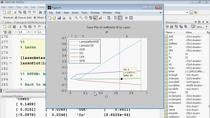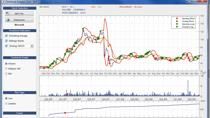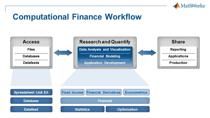Sustainable Finance with MATLAB
Thierry Roncalli, Amundi
Join Thierry Roncalli, head of quantitative research at Amundi, as he explores the practical applications of MATLAB® in teaching sustainable finance. This presentation covers key topics like carbon taxes, portfolio decarbonization, and stress testing. Thierry will also highlight exciting results from his recent research and provide a sneak peek into his forthcoming book, Handbook of Sustainable Finance (March 2025).
Published: 22 Oct 2024




